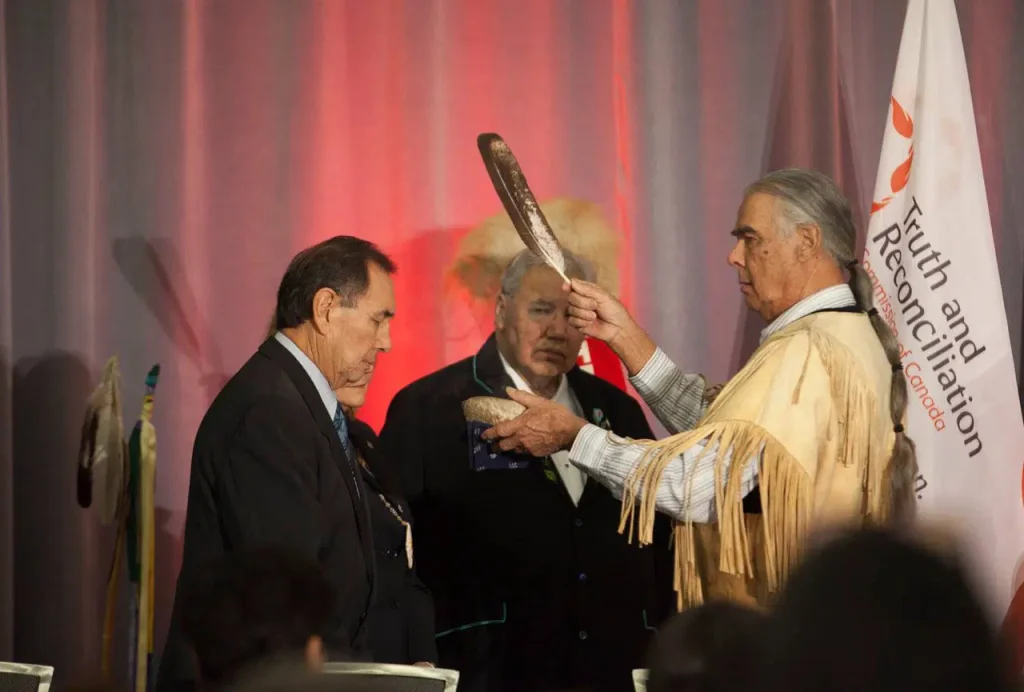
1
Put Truth First
Why does truth matters?
Healing cannot happen without honesty. Canada’s shameful history of residential schools, loss of land, and cultural assimilation, continuous to be denied and ignored. Facing these truths is the responsibility of every Canadian. To mend the relationships between Indigenous and non-Indigenous people, we must establish an understanding of Indigenous culture, and colonial history.
Who are the Indigenous peoples?
Indigenous are groups of people that lived on the land before the establishment of colonial or modern states, and who have unique cultures and languages. There are 3 distinct bands of Indigenous peoples in Canada, including First Nations, Inuit, and Metis. Each of the distinct fellowships has their own unique history, language, cultural practices, and spiritual beliefs1.
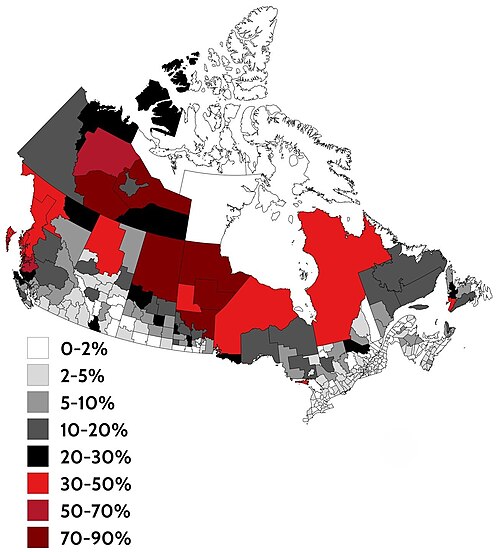
First Nations
The term First Nation began to be used by the Canadian government to replace the term Indian Band2 in the 1970s, First Nation people are Indigenous people that are neither Metis or Inuit, and traditionally live south of the Arctic Circle. 634 First Nation Governments or bands are recognized in Canada and 1,127,010 were identified in the 2021 census3 with a half of them located in Ontario and British Columbia4.
Metis
The Metis’s historical homelands are the three prairie provinces, including parts of Ontario, British Columbia, and the Northwest Territories5. There were 585,110 Metis people in Canada 20216. Metis are people of mixed European and Indigenous ancestry, and the term metis literarily means person of mixed parentage7.
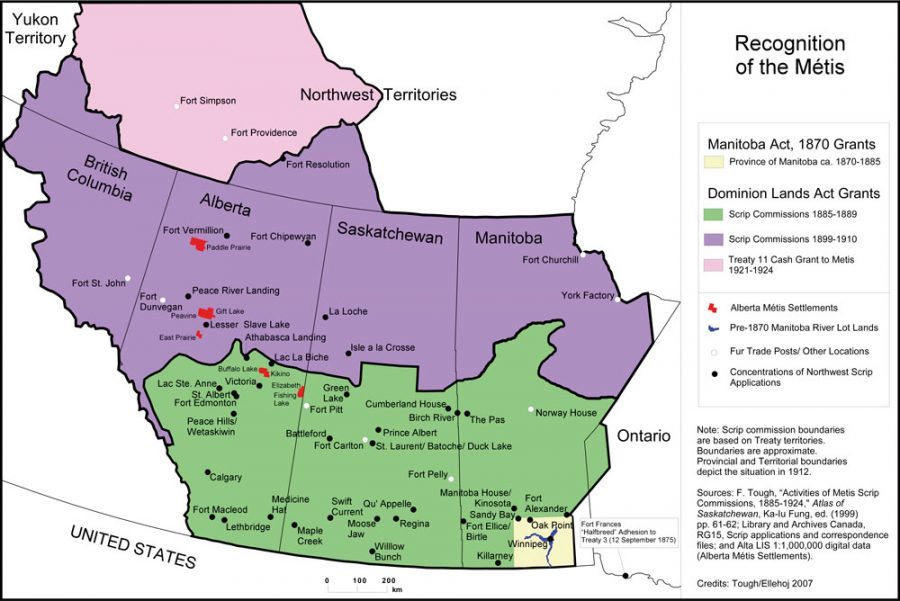
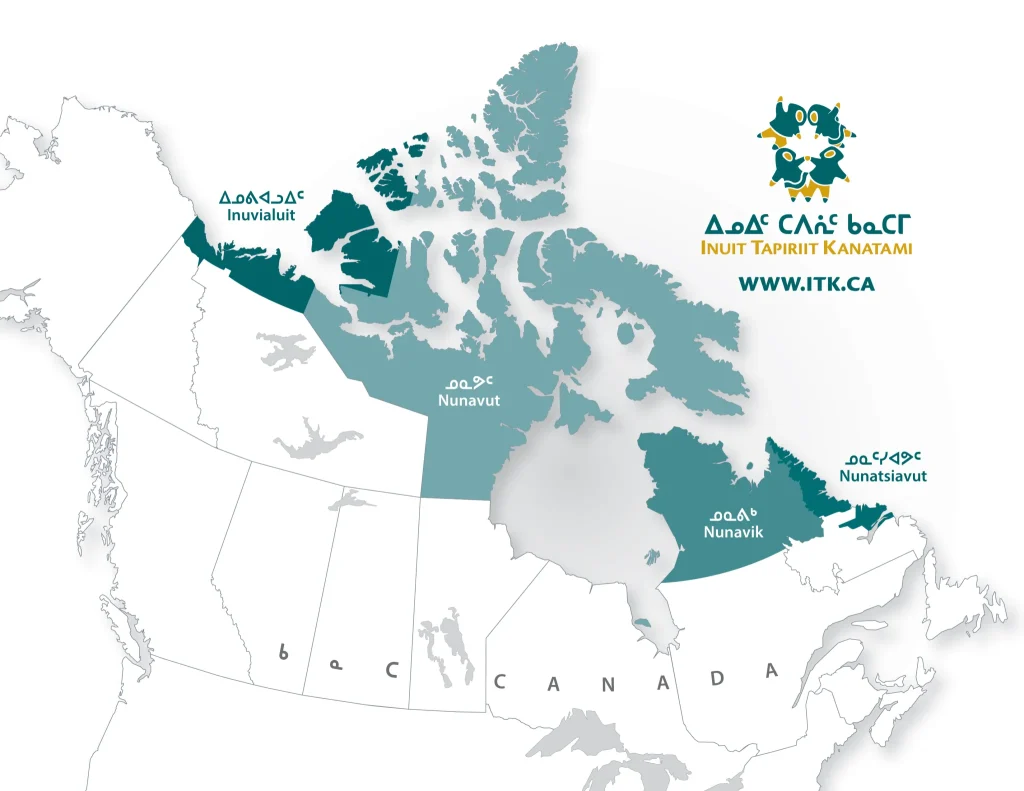
Inuit
The word Inuit means “the people” in the Inuit language(Inuktut), and the singular form is Inuk. There were 70,545 Inuit in Canada in 20218. Inuit Nunangat, which means “the place where Inuit live”, is where many Inuit live. Inuit Nunangat containes of 4 regions, Inuvialuit (Northwest Territories and Yukon), Nunavik (Northern Quebec), Nunatsiavut (Labrador), and Nunavut9 – mostly around the Arctic.
Whose land are we on?
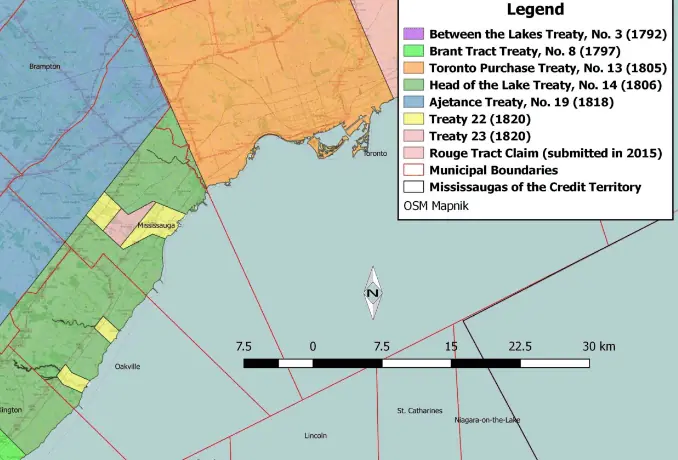
Oakville is situated in the territory of Mississaugas of the Credit First Nation, and is the homeland of Huron-Wendat, Anishinaabe, Attawandaron, and Haudenosaunee10. Oakville is covered by Treaty 14 and Treaty 22. Treaty 14, also known as the Head of the Lake Purchase, is one of the “Upper Canada Treaties” signed by British Crown and Indigenous nations in 1806. The Mississaugas were forced to sell a large area of land to the colonial government, but the the treaty promised that the rights of fishing and hunting, and anuity would be honored11. However, Treaty 14 is one of the treaties that is not fully executed, and the commitment of land utilization, resources, and rights of hunting and fishing is unfulfilled12. Treaty 22 is also a treaty signed between the British Crown and the Mississaugas of the Credit First Nation in 1820, which is the trade of the land of 12 and 16 Mile Creeks and southern portions of the Credit River Reserve 13. Just like Treaty 14, the promises made by the colonial government in Treaty 22 have been ignored.
Residential Schools
Residential Schools were government-funded, church-run institutions that operated across Canada for over 150 years. Their stated goal was to “civilize” Indigenous children, by forcebly removing them from their families and eliminating their Indigenous culture and language. The first residential school was opened in 1831, and over 150, 000 First Nation, Inuit and Metis children attended these institutions, becoming lost children and ghost of a violent dishonorable system. Thousands of students experienced physical and sexual abuse, and they were not allowed to speak their language or they would recieve cruel punishment. Through cruel techniques of assimilation their heritge was stripped from them, and the enduring trauma creates a dark and haunting history that must be recognized and reconciled14.
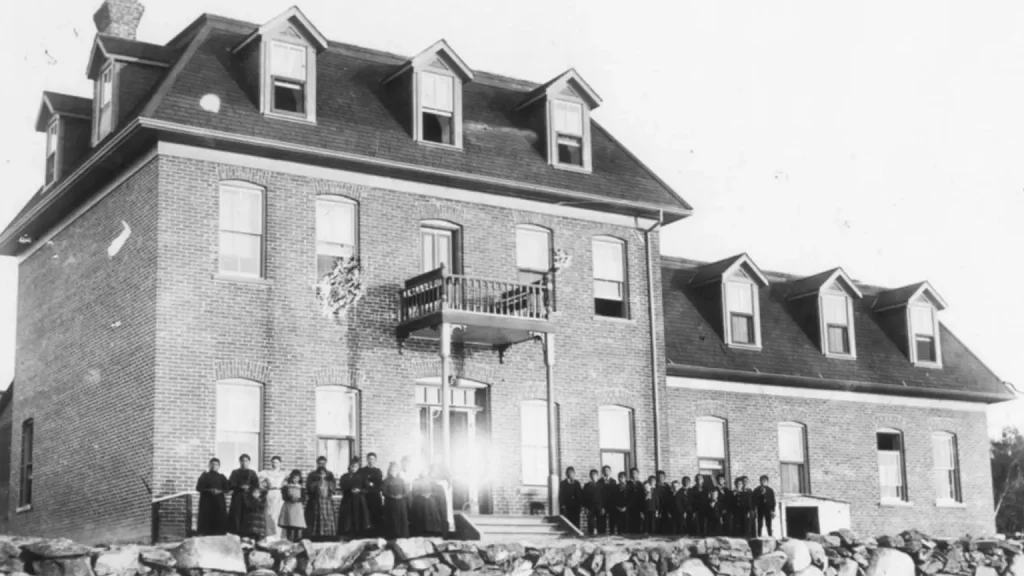
- “Government of Canada.” Canada.Ca, 31 Mar. 2025, www.canada.ca/en/services/culture/canadian-identity-society/indigenous-peoples-cultures.html. ↩︎
- “First Nations.” Government of Canada; Crown-Indigenous Relations and Northern Affairs Canada, 22 May 2025, www.rcaanc-cirnac.gc.ca/eng/1100100013791/1535470872302. ↩︎
- “First Nations.” Government of Canada; Crown-Indigenous Relations and Northern Affairs Canada, 22 May 2025, www.rcaanc-cirnac.gc.ca/eng/1100100013791/1535470872302.
↩︎ - “First Nations in Canada.” Wikipedia, Wikimedia Foundation, 6 June 2025, en.wikipedia.org/wiki/First_Nations_in_Canada. ↩︎
- “Métis | the Canadian Encyclopedia.” The Canadian Encyclopedia, 28 Nov. 2023, www.thecanadianencyclopedia.ca/en/article/metis. ↩︎
- Government of Canada; Crown-Indigenous Relations and Northern Affairs Canada; “Métis.” Government of Canada, 16 Jan. 2024, www.rcaanc-cirnac.gc.ca/eng/1100100014427/1535467913043. ↩︎
- “What Is Rupert’s Land.” Rupertsland Institute, www.rupertsland.org/about/what-is-ruperts-land/. Accessed 18 June 2025. ↩︎
- “Inuit.” Government of Canada, 27 Feb. 2025, www.rcaanc-cirnac.gc.ca/eng/1100100014187/1534785248701. ↩︎
- “Inuit.” Government of Canada, 27 Feb. 2025, www.rcaanc-cirnac.gc.ca/eng/1100100014187/1534785248701. ↩︎
- “Land Acknowledgement.” Land Acknowledgement, www.oakville.ca/community-events/community-resources/heritage-history/land-acknowledgement/. Accessed 18 June 2025. ↩︎
- “Head of the Lake Treaty, No. 14 (1806).” Mississaugas of the Credit First Nation, 4 Nov. 2020, mncfn.ca/head-of-the-lake-treaty-no-14-1806/. ↩︎
- Ralston, Kelly. “Treaties Recognition Week: Treaty 14 (‘head of the Lake Purchase’).” Heritage Mississauga, 3 Nov. 2021, heritagemississauga.com/treaties-recognition-week-treaty-14-head-of-the-lake-purchase/. ↩︎
- Ralston, Kelly. “Mississauga Treaty 22.” Trafalgar Township Historical Society, 8 Nov. 2021, tths.ca/mississauga-treat-22. ↩︎
- “Residential School History.” NCTR, 9 Mar. 2025, nctr.ca/education/teaching-resources/residential-school-history/. ↩︎